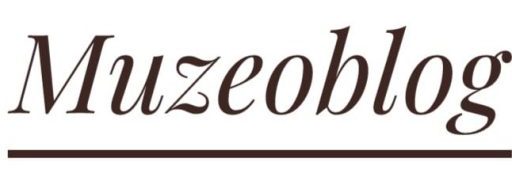When it comes to sewing, there is often confusion between the terms serger and overlocker. While these two terms are sometimes used interchangeably, they refer to similar machines with slightly different naming conventions based on geographical regions and specific machine features. Understanding the differences and similarities between the two is crucial for anyone looking to purchase or use one of these specialized machines for their sewing projects.
What is a Serger?
A serger is a type of sewing machine that is specifically designed to sew, cut, and finish the raw edges of fabric all at once. It uses multiple threads, typically 3, 4, or 5, to form an overlock stitch that secures the fabric and prevents it from fraying. The serger can also create seams, hems, and decorative stitching. It is commonly used in professional garment production and home sewing to create strong, durable finishes that are both functional and aesthetic.
Key features of a serger include:
Multiple Thread Use: Sergers use multiple threads, which is one of their distinguishing features. This allows them to sew and finish the edges of fabrics simultaneously, offering stronger and more secure stitches than a standard sewing machine.
Built-in Knife: The serger features a built-in knife or cutter that trims the raw edges of the fabric as it sews. This feature is essential for creating clean, finished seams.
Differential Feed: A differential feed system helps manage the movement of fabric layers, preventing puckering or stretching, especially when working with knit or stretchy fabrics.
What is an Overlocker?
An overlocker is essentially another name for a serger, primarily used in countries like the United Kingdom, Australia, and New Zealand. The term “overlocker” comes from the overlock stitch, which is a type of stitch created by the machine to sew and finish the fabric edges. Overlockers and sergers have very similar functions, and in most cases, the terms are used interchangeably, but the word “overlocker” is more commonly used outside of North America.
Key features of an overlocker:
Overlock Stitch: The overlocker, like the serger, is designed to create an overlock stitch that encases the raw edges of fabric. The term “overlock” specifically refers to the stitch pattern that binds the fabric’s edges and prevents fraying.
Multiple Threading: Overlockers, like sergers, use 3, 4, or 5 threads to secure the fabric edges while sewing. This feature allows for strong, durable seams and ensures that the fabric remains intact over time.
Cutting Mechanism: An overlocker typically has an integrated cutter or knife that trims off the excess fabric as it stitches. This provides a neat, professional-looking finish to the fabric.
Key Similarities
Functionality: Both sergers and overlockers serve the same primary function—finishing raw fabric edges while sewing. They create professional-quality seams, hems, and edge finishes, making them ideal for garment construction, quilting, upholstery, best mini sewing machine and home decor projects.
Multiple Threads: Both machines use multiple threads to perform their functions, typically 3, 4, or 5, enabling them to provide durable and secure stitches. The multiple threads are crucial for creating the overlock stitch, which encases the raw edges of the fabric to prevent fraying.
Differential Feed: Both types of machines feature a differential feed system, allowing users to work with different fabrics, especially stretchy or delicate materials, without stretching, puckering, or distorting the fabric.
Cutting Function: Both the serger and overlocker have an integrated knife or cutting mechanism that trims the fabric edges as the machine sews. This ensures clean, crisp finishes without the need for additional steps.
Key Differences
The main differences between a serger and an overlocker lie primarily in the terminology, but there are some subtle variations based on regional preferences and features.
Terminology: The most significant difference is the name. In the United States and Canada, “serger” is the most commonly used term, while “overlocker” is used in many other parts of the world, including Europe, the UK, Australia, and New Zealand. Despite the name difference, both machines function in nearly the same way.
Brand and Features: Some brands may market their machines differently, referring to their models as “sergers” or “overlockers.” In some cases, the overlocker may come with additional features, such as the ability to do more advanced decorative stitches or handle heavier fabrics. However, these features are typically available across both sergers and overlockers, depending on the model.
Conclusion
In essence, a serger and an overlocker are the same machine with different regional names. They both serve the same purpose of sewing, cutting, and finishing fabric edges to prevent fraying and create durable seams. The difference in terminology is the main distinguishing factor, with “serger” being used primarily in North America and “overlocker” more commonly used in the UK and other parts of the world. When choosing between the two, it is important to understand the type of work you plan to do, as both machines offer similar features, including multiple thread use, a differential feed system, and a built-in cutting mechanism. Regardless of the name, both machines are valuable tools for creating professional-quality finishes and are essential for garment makers, quilters, and home sewers alike.

